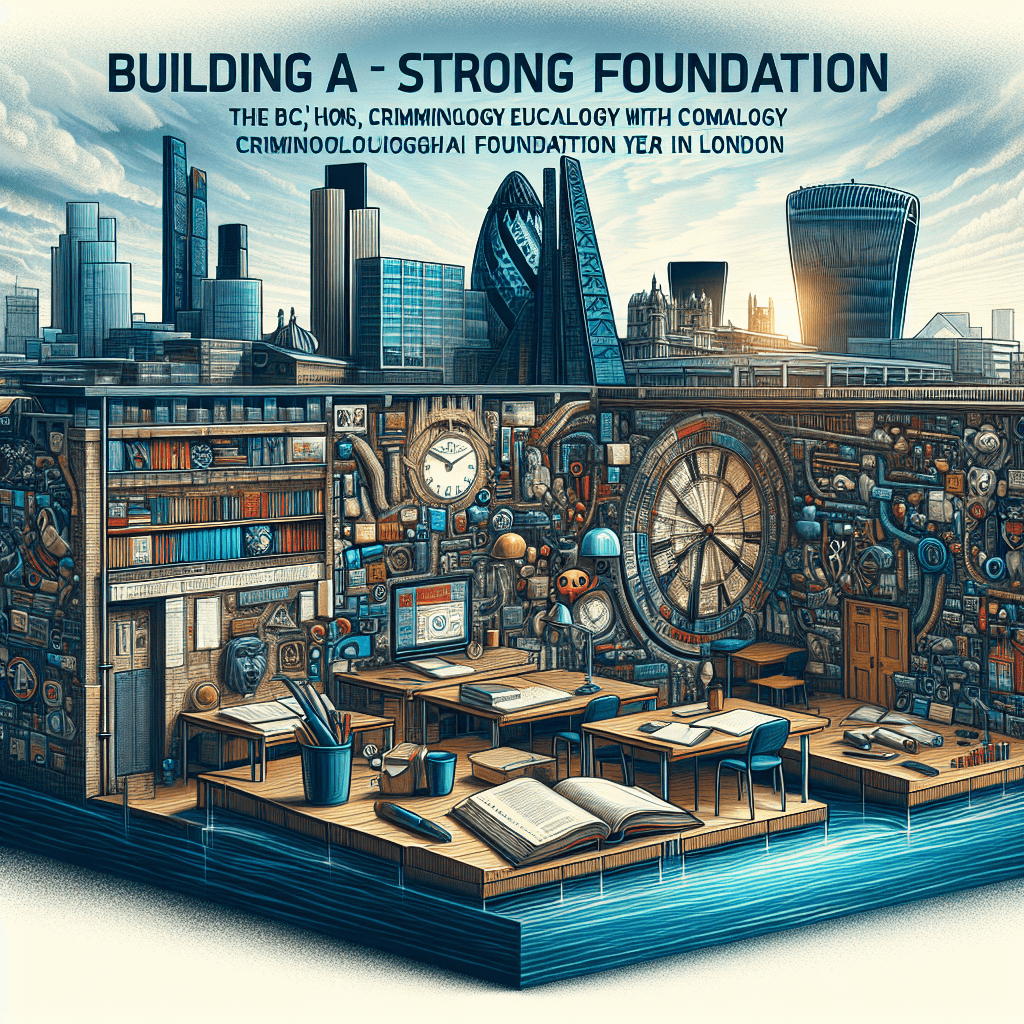The Importance of CPR Training: Saving Lives with Proper Technique
Cardiopulmonary resuscitation, or CPR, is a vital life-saving technique that can make the difference between life and death in the event of a cardiac emergency. Proper CPR training is essential to ensure that individuals can respond effectively in such situations, and it is crucial for everyone to have some basic knowledge of CPR techniques. In this article, we will discuss the importance of CPR training, the different types of CPR, and how to get trained in this life-saving technique.
The Importance of CPR Training
Each year, millions of people experience cardiac arrests due to various reasons, including heart attacks, electrocution, and near-drowning. Without immediate medical attention, the chances of survival are extremely low. CPR training is a vital skill that can buy precious time for emergency responders to arrive and administer advanced life-saving treatments. Properly trained individuals can help maintain blood flow to the brain and other vital organs until medical help arrives, increasing the chances of survival.
Types of CPR
There are different types of CPR, depending on the victim’s age, the severity of the emergency, and the available resources. The most common types of CPR include:
- Adult CPR: Suitable for individuals 12 years or older, adult CPR involves a series of chest compressions and breaths.
- Child CPR: Designed for children between the ages of 1 and 12, child CPR involves a slightly different technique, with fewer compressions and breaths.
- Infant CPR: For children under 12 months, infant CPR is performed with a specialized technique that focuses on chest compressions and breaths.
- Automated External Defibrillator (AED) Training: AEDs are devices that can help restore a normal heartbeat. CPR training often includes AED operation and use.
How to Get Trained in CPR
Getting trained in CPR is relatively easy and accessible. Here are some ways to get started:
- Local Community Colleges or Red Cross Centers: Many community colleges and Red Cross centers offer CPR training courses, which usually involve both theoretical and hands-on training.
- Online Courses: Online CPR training platforms, such as the American Heart Association (AHA) and the American Red Cross, offer online courses that can be completed at your own pace.
- Employer-sponsored Training: Many employers offer CPR training as part of their employee benefits or employer-sponsored training programs.
- Volunteer Opportunities: Volunteering at organizations that provide medical assistance, such as emergency response teams or hospitals, can also provide opportunities for CPR training.
Conclusion
CPR training is a vital skill that can mean the difference between life and death in an emergency. By understanding the importance of CPR, the different types of CPR, and how to get trained, you can make a positive impact on the lives of those around you. Whether you’re a healthcare professional, a student, or a concerned citizen, CPR training is a skill that can be learned and mastered with practice and dedication. So, take the first step towards becoming a lifesaver today, and enroll in a CPR training course!
#CPR #Training #Articles







